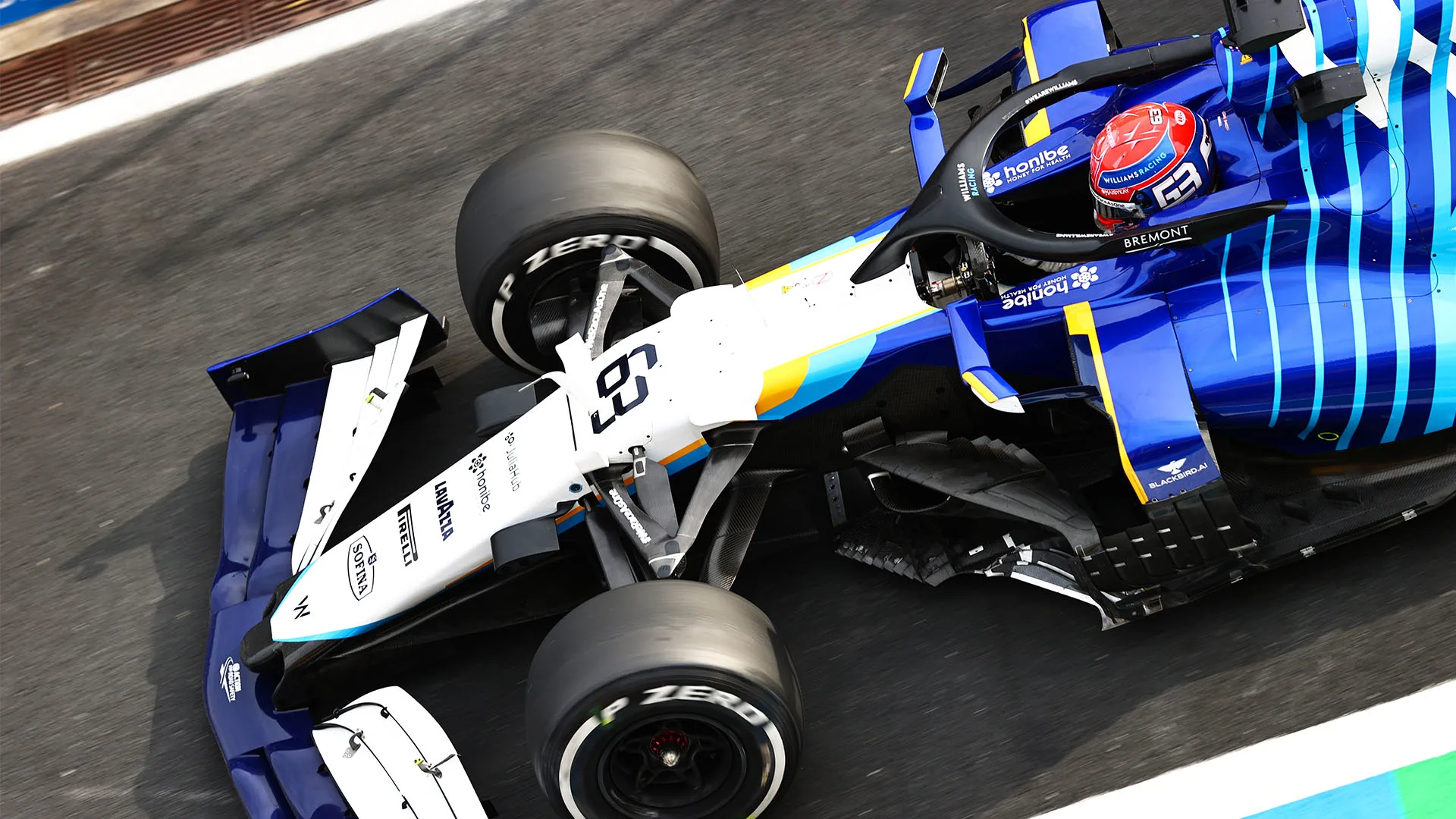In a similar scenario to the Russian Grand Prix, the teams were limited on their dry weather running after Friday practice for the Turkish Grand Prix due to rain on Saturday. So we take a look at the different strategic options open to the teams ahead of today’s race at Istanbul Park.
What are the likely strategies for the frontrunners?
Unlike two weeks ago in Sochi, this is a far from simple equation this weekend. The teams have been greeted by a track surface offering much more grip than a year ago, and while there was expected to be an improvement in conditions, it wasn’t clear how much.
That also caught out Pirelli slightly, who brought softer compounds than in 2020 and are now finding they are proving an added challenge – but it’s great from a strategic point of view because there’s no obvious approach compared to what was predicted at the start of the weekend.
All of the frontrunners opted for the medium compound tyre in Q2, giving themselves more flexibility for the race itself, but a one-stop is not the quickest way to the end of the race even with that starting tyre. It is certainly possible, with a first stint of 20-25 laps before switching to the hard for what would be a long second stint, but it would require a lot of pace management.
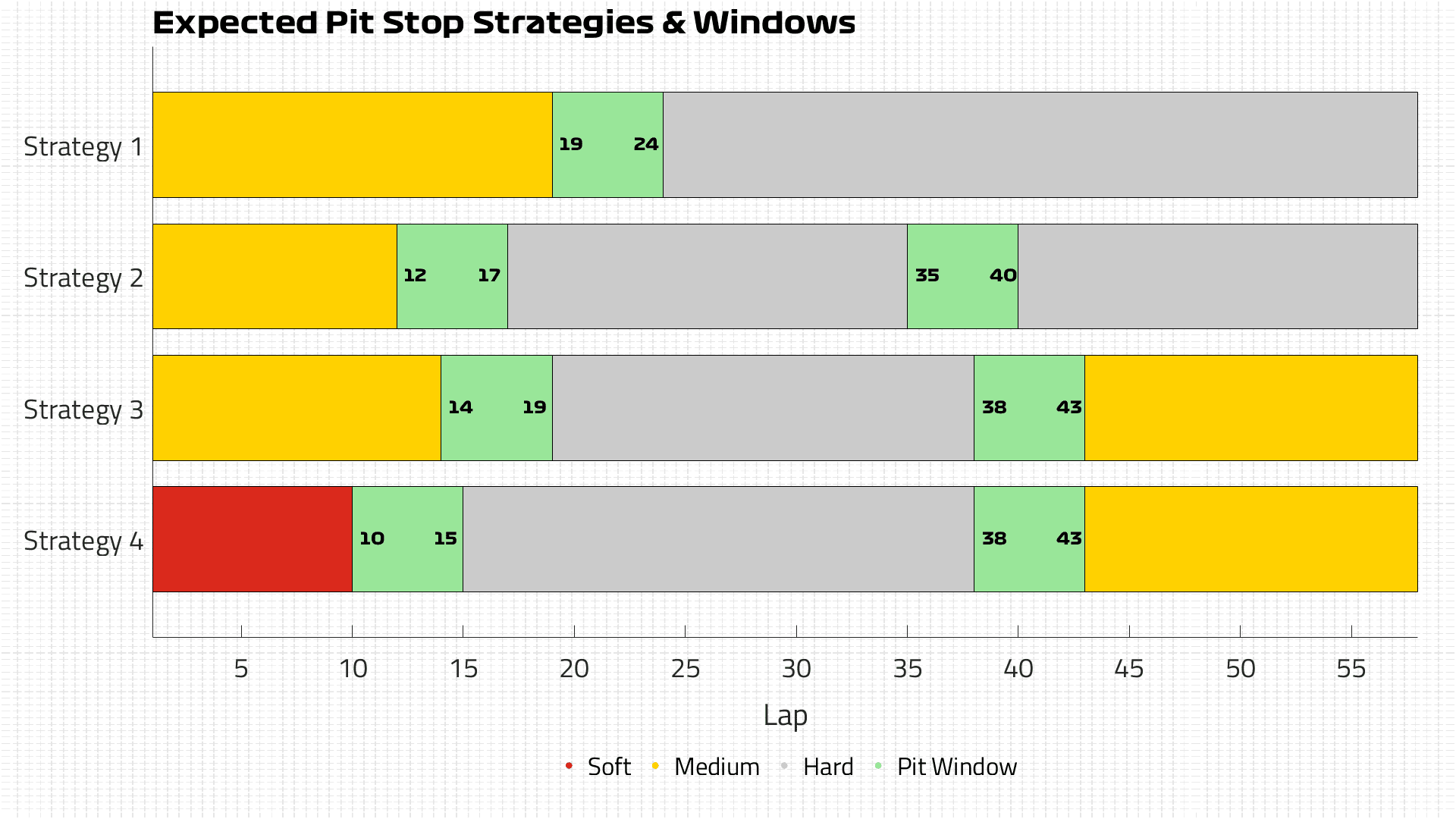
The thing that teams are wary of is graining – when little bits of the rubber tear off the tyre but then stick to the surface – which has been seen on all three compounds but is worse on the softer tyres. So to shorten the first stint, a two-stop strategy of medium-hard-hard provides the quicker option.
The two-stop is more attractive because of the lower pit loss time in Turkey, with just 20 seconds lost under green flag conditions courtesy of the pit lane being on the inside of the final corner and first turn.
That would see a first stint of 12-17 laps, before two 20-lap stints on hards, but it’s not as simple as you might think. As the high levels of grip – and therefore faster cornering speeds – weren’t expected, teams weren’t planning on needing two sets of hard tyres for the race, and so that’s not an option for Pierre Gasly, Lando Norris or Yuki Tsunoda starting in the top 10.
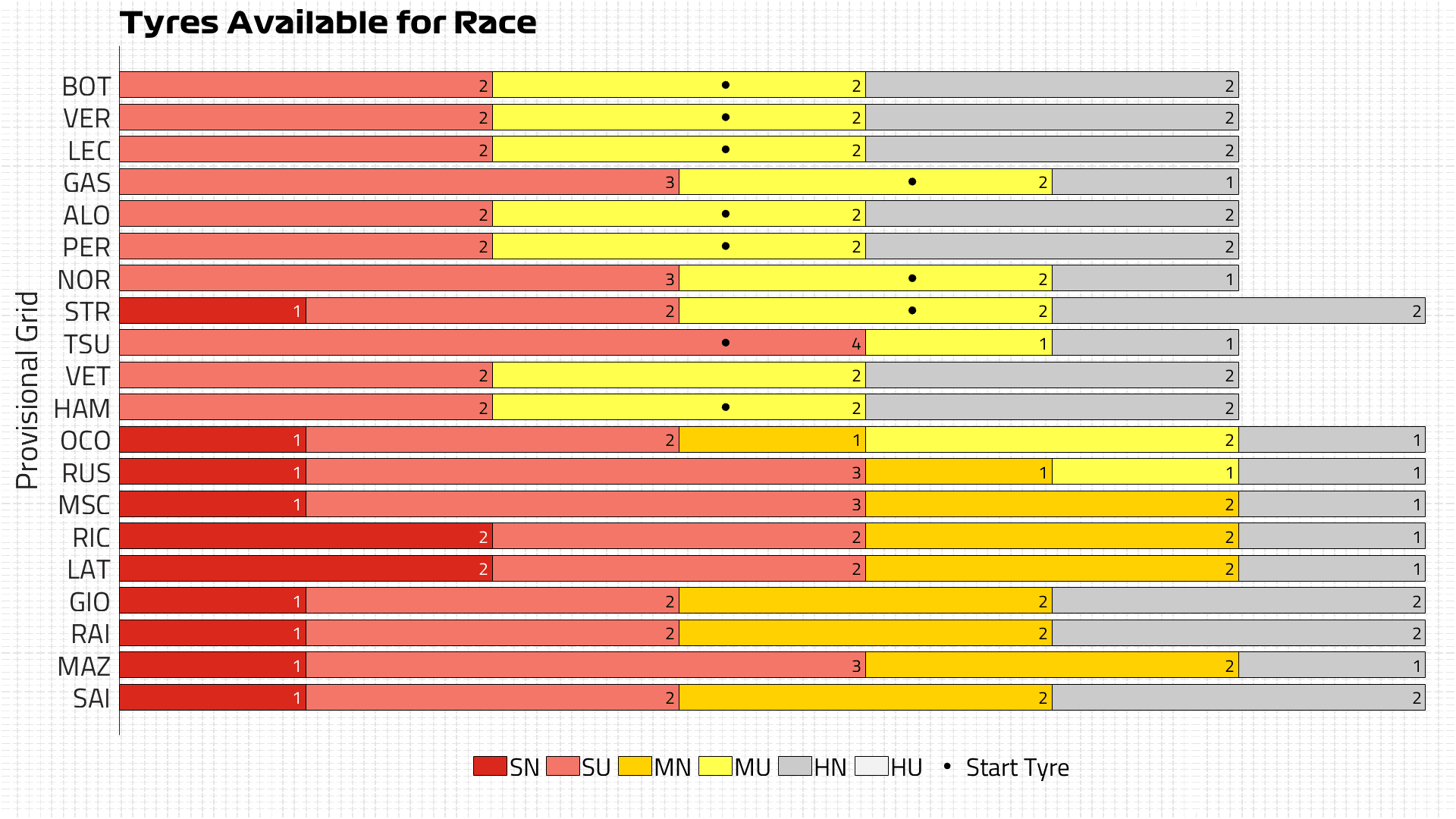
How about the rest of the top 10?
So for Gasly, Norris and most specifically Tsunoda, there will have to be other options taken into account.
Tsunoda is highlighted because he is the only one of the top 10 who will start the race on the soft compound, and that provides him with a very different challenge. The soft is suffering from the highest amount of graining, and at an early stage. And with the recent rain having left the track in a similar state to how it started the weekend, that is still likely to be the case at the start of the race.
So Tsunoda will have to try and extend his first stint to at least the Lap 10 mark before making a pit stop, switching to hard tyres at that stage for as long a stint as possible. Going to the end is not feasible, however, so a second stop for mediums is likely to be needed around Lap 40.
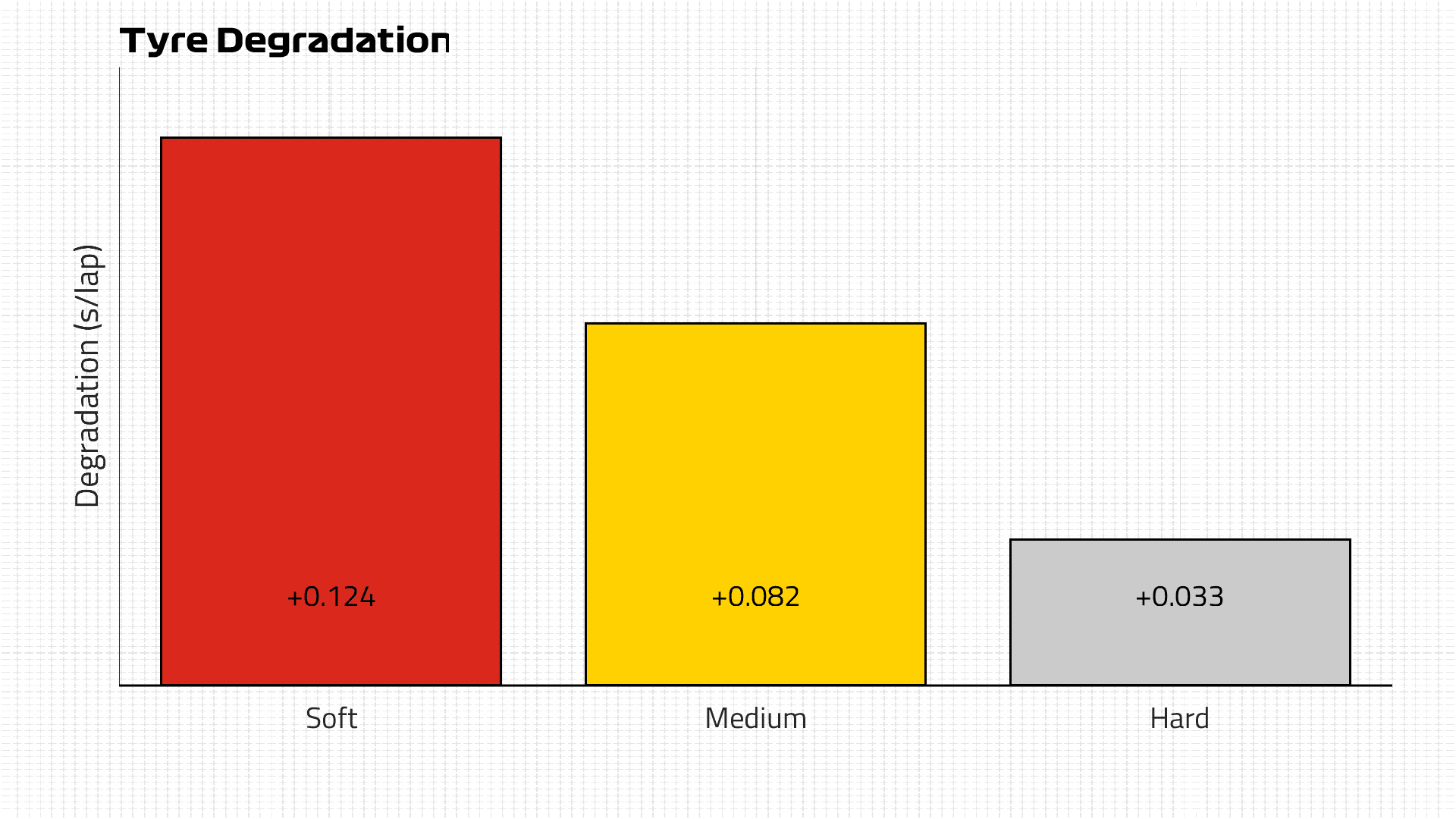
For those who will start on mediums but without the ability to do two stints on the hard – so Gasly and Norris – another option is to run a similar strategy to Tsunoda. A first stint of 14-18 laps then opens up the window to switch for hard tyres in the middle part of the race – the hards would be used here as they’re more robust against graining – and then a return to mediums also around Lap 40 to run to the end.
What are the options for the bottom half of the field?
We can safely say that the first stint on the soft tyre that Tsunoda will be forced to run is likely to be the only one we'll see, as graining will be a serious issue for him. The rest of the grid are likely to start on the mediums, but the hard tyre is a viable option for anyone wanting to try something different.
Using the hard at the start of the race has its benefits, because while it was still suffering from graining on Friday, it was the least affected of the three compounds.
That could be even more pronounced when the cars are at their heaviest on high fuel, and if the first stint is long enough – beyond 30 laps – then in turn it could open up the potential for a one-stop, as the medium would be less susceptible to graining later in the race on lower fuel once more rubber has been laid down.
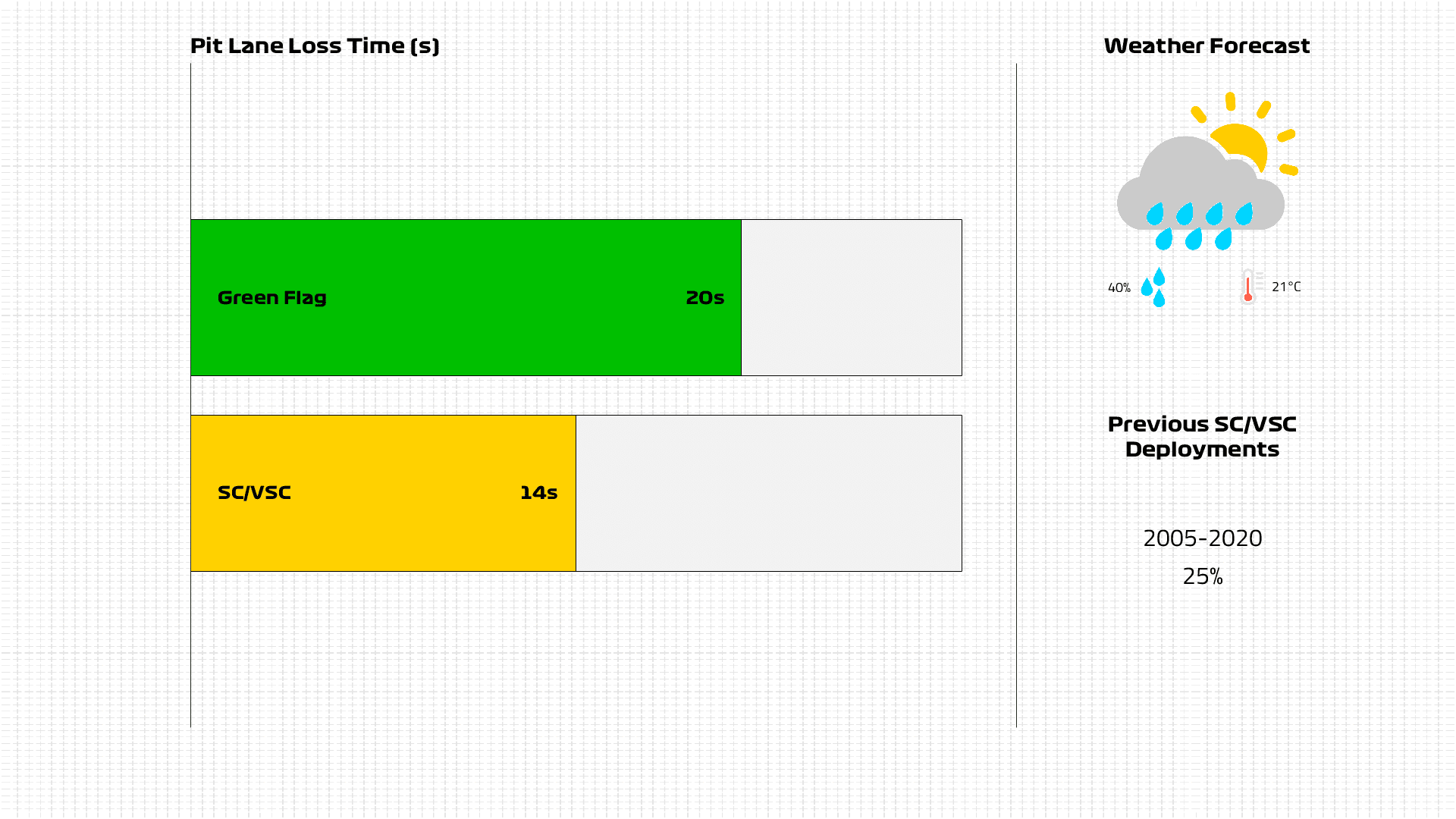
This is more likely to be a choice made by the out of position cars such as Daniel Ricciardo and Carlos Sainz (both of whom have been penalised for taking new power unit elements) near the back of the grid, while Sebastian Vettel is the first car that has a free choice of tyres in 10th place as a result of Lewis Hamilton’s penalty. Hamilton starts 11th but still must use the medium tyres he reached Q3 on.
Wait, but what’s the weather doing?
The weather has been a big part of this weekend already, after heavy rain on Saturday morning led to no slick-tyre running in FP3 and made for testing conditions in qualifying. That rain also washed the track clean of rubber, so the grip level is low once again.
There is a threat of showers for the Grand Prix, too – officially 40% at the time of writing but it had been decreasing the closer to lights out we get – which could certainly mix up proceedings if they were to hit the circuit.
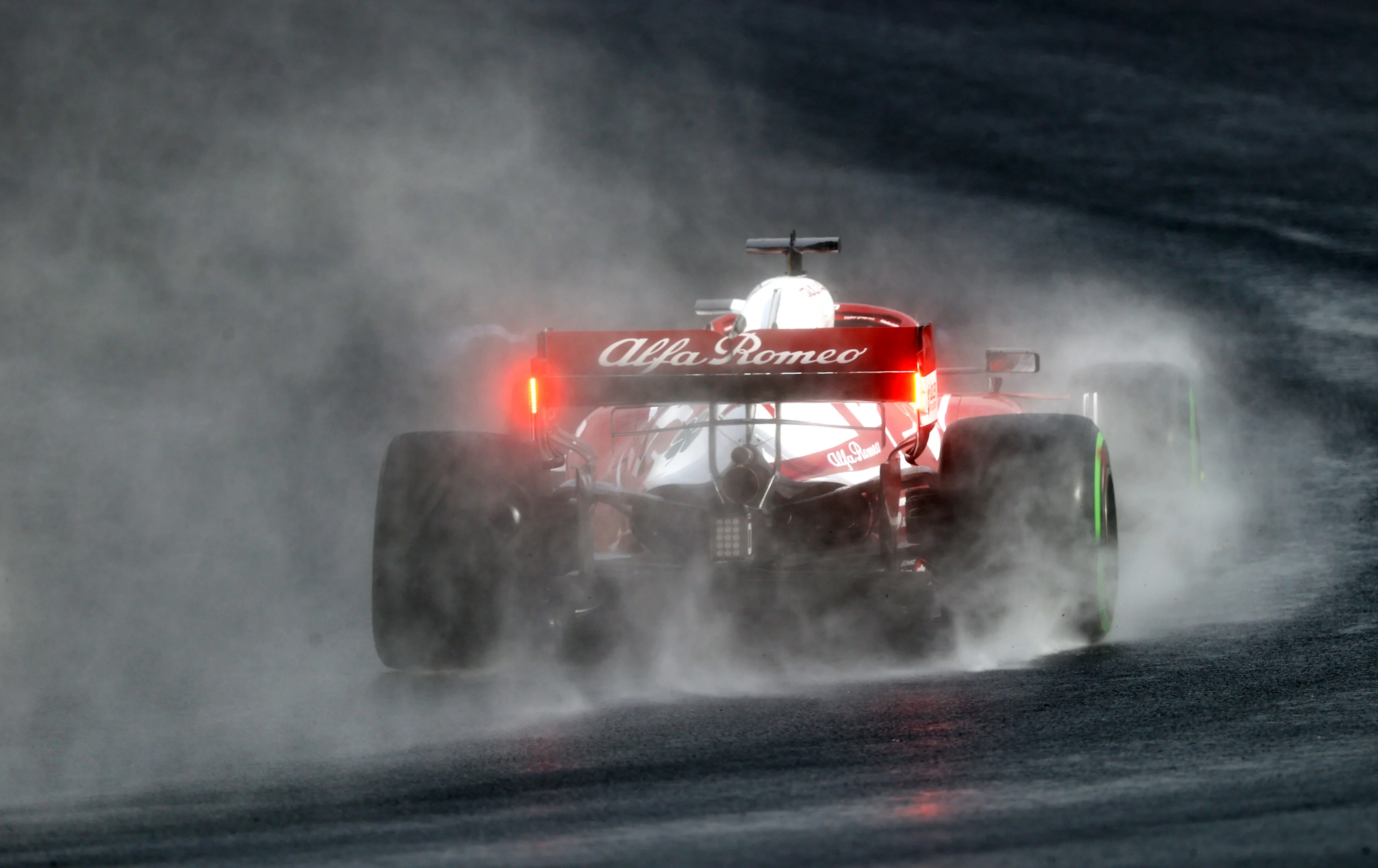
The challenge for the teams will be picking the crossover point, because the intermediate tyre proved itself to be particularly good on the high grip surface on Saturday. Lap times were some four seconds quicker than we saw in the dry a year ago such was the improvement, so it will be below the 1m 30s per lap mark that could trigger a switch to intermediates.
And in the reverse scenario when trying to go from intermediates to slicks, teams will be wary of going too early given how strong the intermediate has been. If the slick tyre can’t be warmed up enough due to the conditions, then that also increases the chance of graining.
The air temperature is only predicted to be around 20C, which will also have an influence on how much graining the teams face. That’s slightly cooler than was seen on Friday, so would lead to increased graining – but if the sun comes out to warm the track then conditions will improve.
Next Up
Related Articles
 3 inspiring individuals share their paths to working in F1
3 inspiring individuals share their paths to working in F1 An exclusive look into Pierre Gasly's off-track life
An exclusive look into Pierre Gasly's off-track life 10 ways to get your Formula 1 fix during the winter break
10 ways to get your Formula 1 fix during the winter break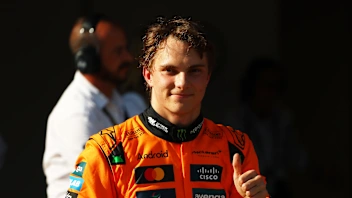 Piastri reveals lessons that will ‘only make me stronger’
Piastri reveals lessons that will ‘only make me stronger’ Sainz hopes point-less finish in Abu Dhabi ‘serves as a wake-up call’
Sainz hopes point-less finish in Abu Dhabi ‘serves as a wake-up call’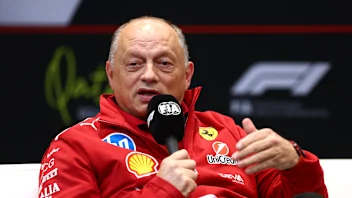 Abu Dhabi 'not a bad weekend' for Ferrari – Vasseur
Abu Dhabi 'not a bad weekend' for Ferrari – Vasseur

